Henry Van de Velde is a Belgian artist, architect, and interior designer who is considered one of the founders of the Art Nouveau style.
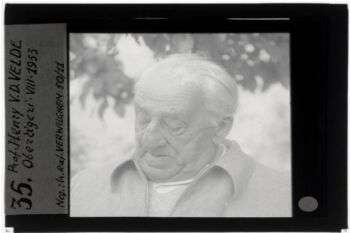
Image source: https://search.creativecommons.org/photos/05e15df9-db3b-4ae9-8427-7a880e2f5ee1
About His Life
Van de Velde Henry Clemens, known as Henry Van de Velde, was born in Belgium, in 1863 and died in Switzerland in 1957. He was first trained as an artist in Antwerp, Belgium. Influenced by the theories of William Morris and the English Arts and Crafts movement, he abandoned painting and turned his attention to architecture and applied arts. The construction of his home, Bloemenwerf, in Uccle (1895) marked the beginning of a new career. For this house, he designed all the furniture and equipment.
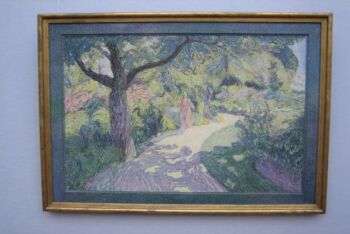
Image source: https://search.creativecommons.org/photos/715b49cd-7259-4611-9e2d-34c9d3d06371 by oliworx

Image source: https://search.creativecommons.org/photos/2e94633f-86d9-49fe-8b09-68784fc08b94 by Daderot
In 1902, he was invited to Weimar, where he founded the School of Arts and Crafts, which he headed from 1906 to 1914. Later, it became the famous Bauhaus, which was the center of the Modernist Movement in Germany. A forerunner and theorist of Modernism and Functionalism, Van de Velde was known as the first Art Nouveau painter who worked in an abstract style and developed the concept of the union of form and function.
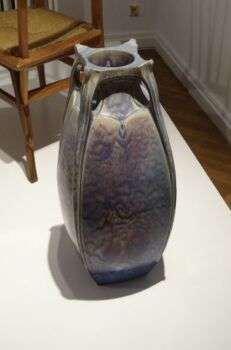
Image source: https://search.creativecommons.org/photos/70613673-6d59-447c-a79d-c2df4b80716d by westher
Major Architecture Works
- Bloemenwerf: Van de Velde’s first private residence, in Uccle, Belgium, (1895–96)
- Interior of the Folkwang Museum: Located in Hagen, Germany (1900–02)
- Villa Esche: Extension of the original construction, which is located in Chemnitz, Germany (1902–03, 1911)
- Nietzsche Archive: Extension and interior decoration of the structure located in Weimar, Germany (1903)
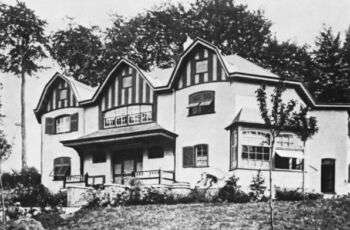
Image source: https://en.wikipedia.org/wiki/Bloemenwerf#/media/File:Bloemenwerf_-_Henry_Van_de_Velde_-_1896.jpg
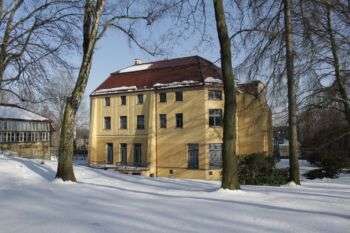
Image source: https://search.creativecommons.org/photos/2a6bf7e8-4f3e-45d3-8521-99c2a697c4b2 by gravitat-OFF
- Van de Velde Building: Home of the art faculty of the Bauhaus-University located in Weimar (1905-06)
- Hohenhof: Mansion for Karl Ernst Osthaus in Hagen, Germany (1907–08)
- Werkbund-Theater: Theatre at the Deutsche Werkbund exhibition in Cologne, Germany (1913–14)
- Villa Schulenburg: Located in Gera, Germany (1913–14)
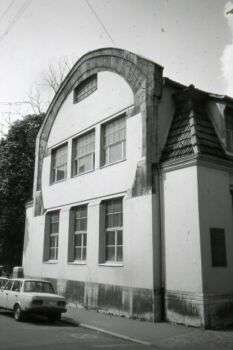
Image source: https://search.creativecommons.org/photos/de843a90-190d-470a-b32b-8d4668618e85 by sludgegulper
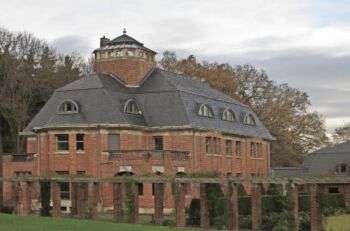
Image source: https://search.creativecommons.org/photos/5b401a62-485d-4d1e-a784-ff6f10a7a727 by HaPe_Gera
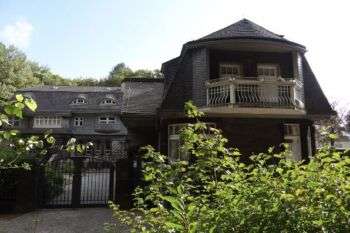
Source image: https://search.creativecommons.org/photos/48000f81-2a7b-435d-8f44-3222a86035d7 by westher
Major Furniture Works
- Writing desk and chair in oak, bronze, copper, and leather, with incorporated electrical lamps and metalwork fittings (1898)
- Wooden armchairs upholstered in leather (1900)
- Cover design of the 1908 edition of Fredrich Nietzsche’s Ecce Homo
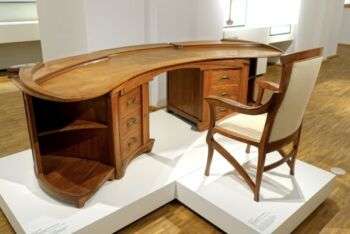
Source image: https://search.creativecommons.org/photos/6a901fc6-eaac-488f-8454-763830699bfe by Daderot
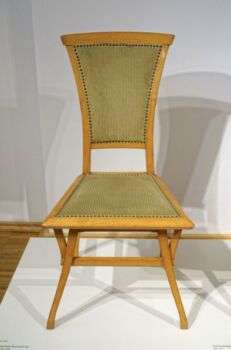
Source image: https://search.creativecommons.org/photos/5f8c42eb-4f69-450e-8c32-f30748600940 by Daderot
He published several books and essays on his original art theories:
- Le Déblaiement d’Art (1895)
- Renaissance in Arts and Crafts (1901)
- Vom neuen Stil (1907)

Source image: https://en.wikipedia.org/wiki/Ecce_Homo_(book)#/media/File:Ecce_Homo_1908.jpg
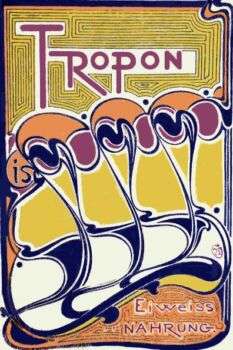
Source image:https://search.creativecommons.org/photos/3e05a74e-7958-4404-9141-847b784c4e05 by Halloween HJB
Features of His Style
Henry Van de Velde designed a vast range of items, such as interior decorations, furniture, ceramics, metalwork, and jewelry. Often, his furniture designs are linear, highly detailed by innovative decorations and expressive ornamental designs, tempered by strong traditional elements. A man of many talents, he believed in the symbiosis of the arts, whether it was the design of a building or interior design, jewelry, fashion, or product design. His Art Nouveau projects are among the most typical of the period. In addition, he was reproached for building his houses as if it was furniture. However, he is one of the Art Nouveau masters whose architectural images evoke emotions.
Info sources:
